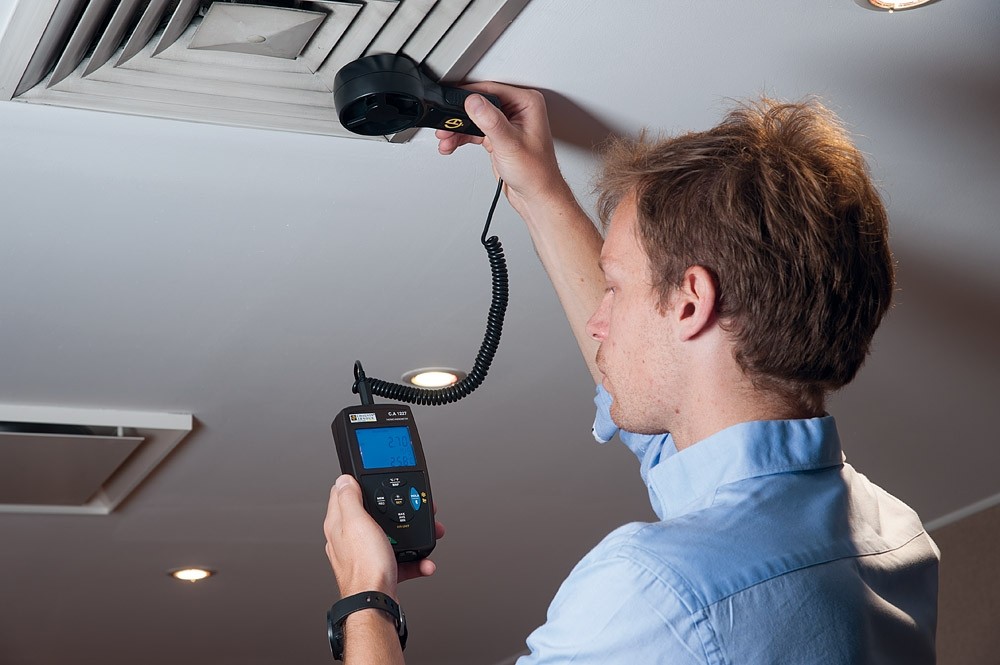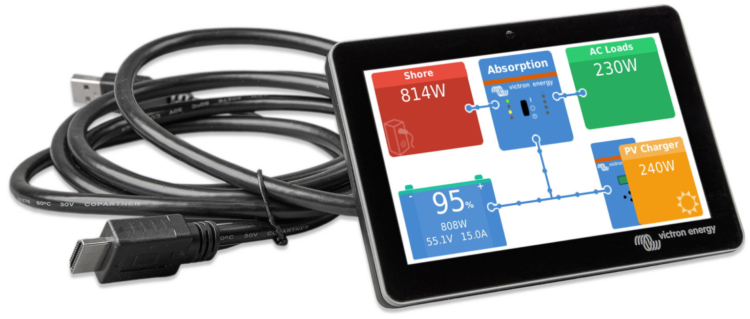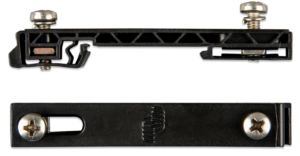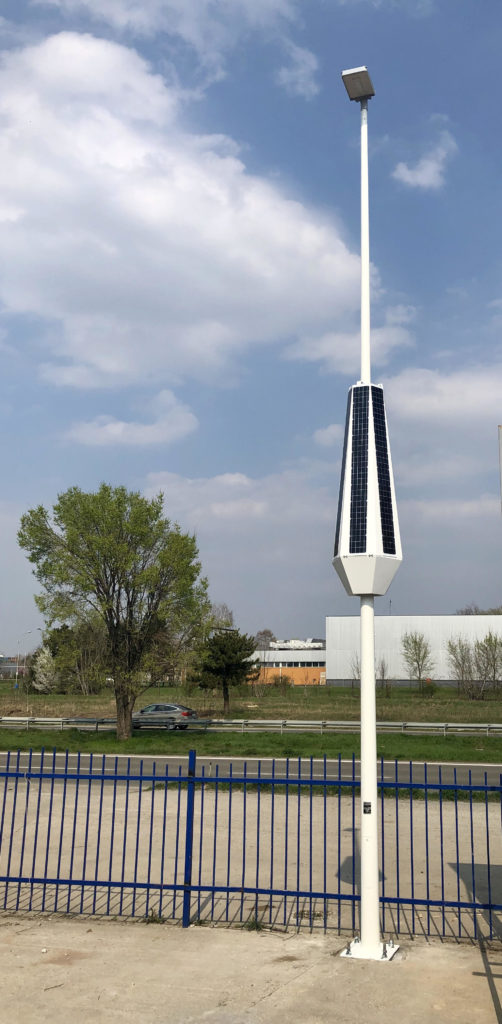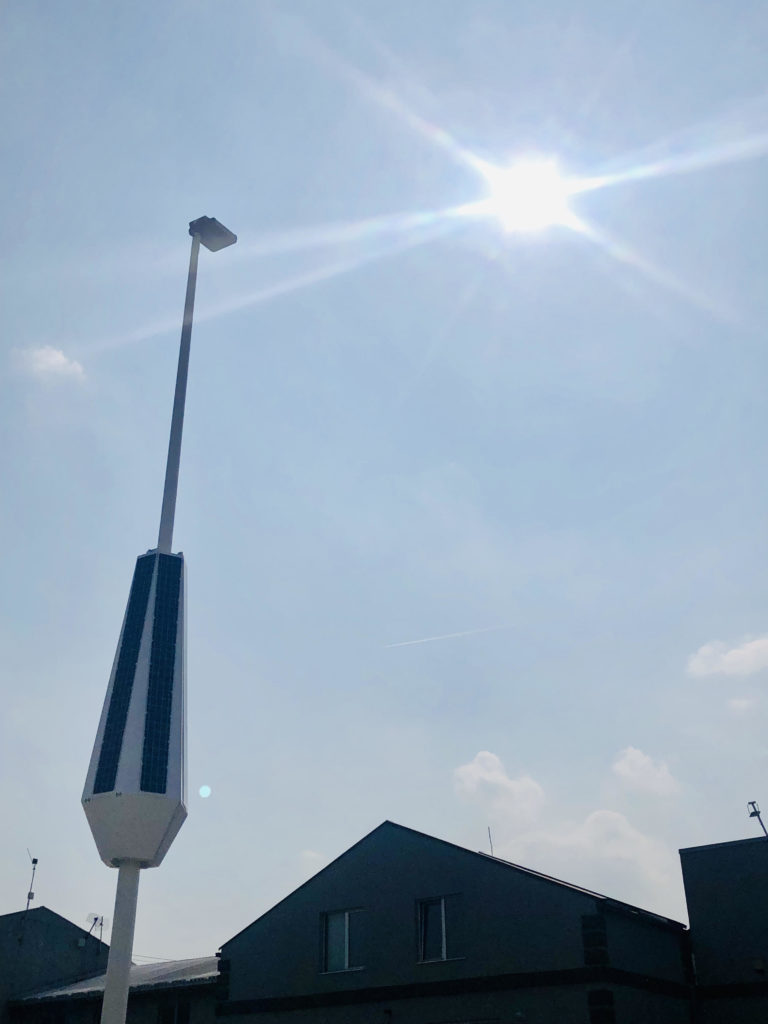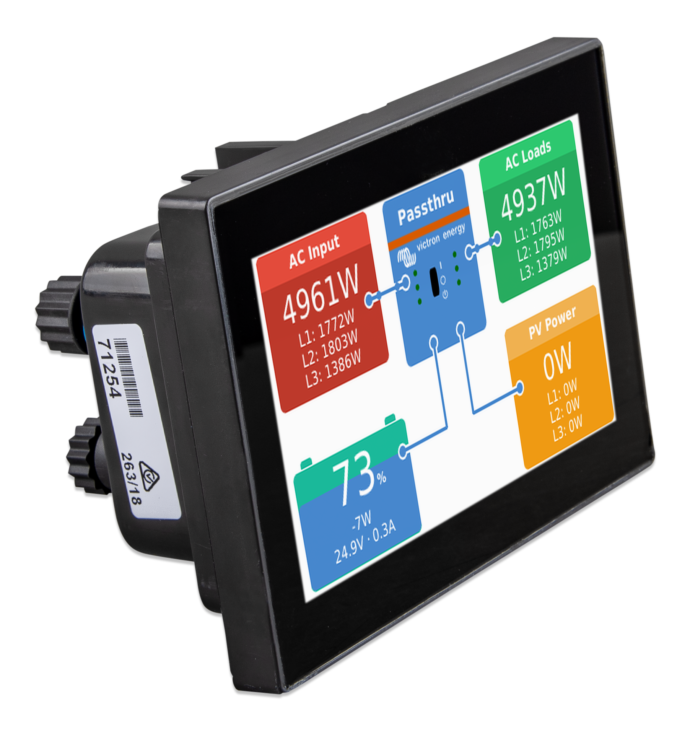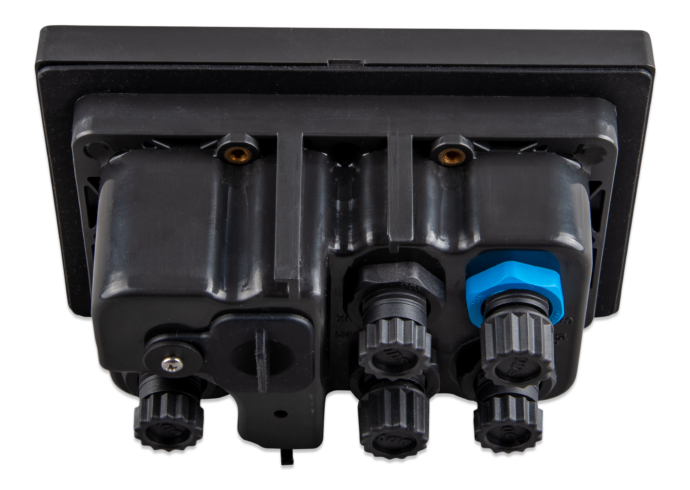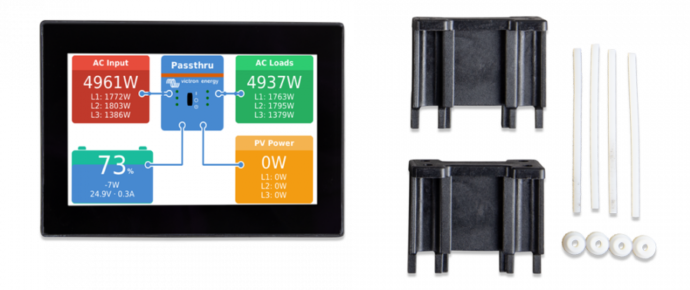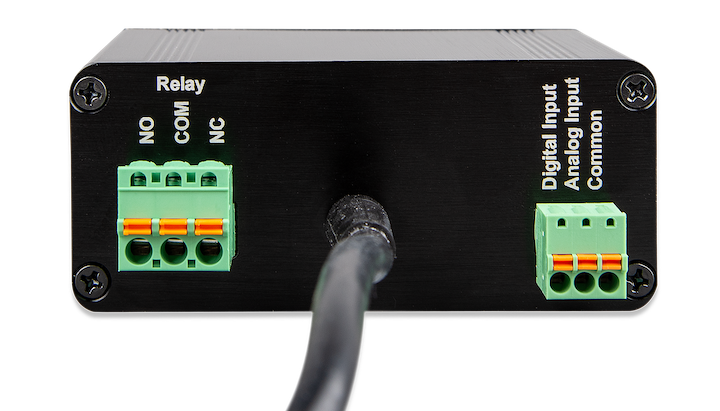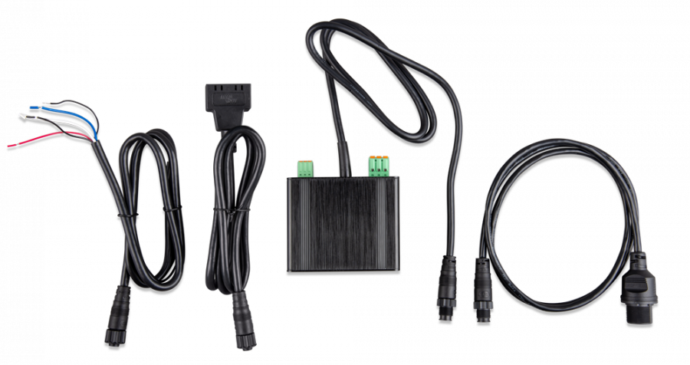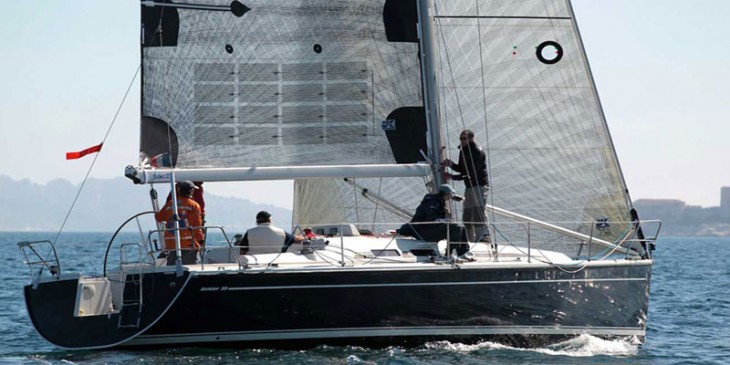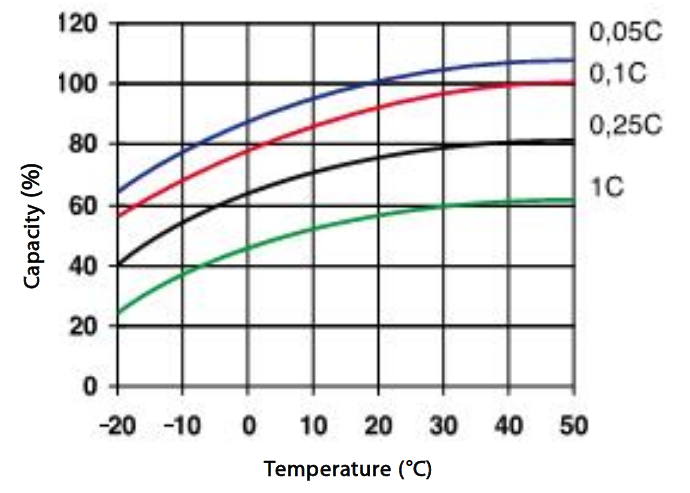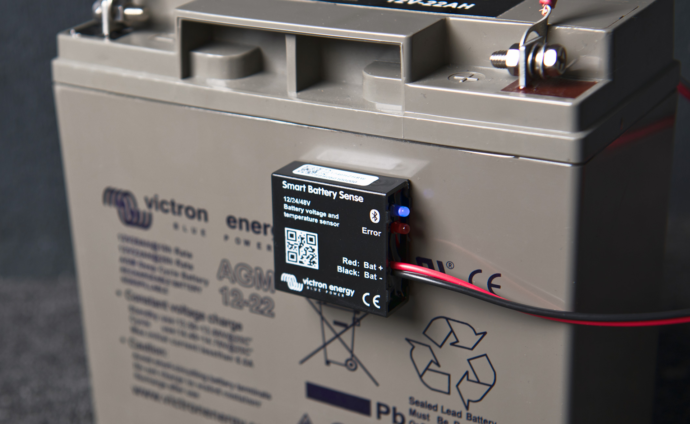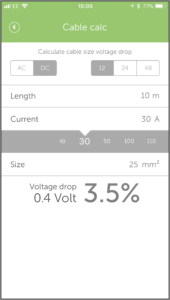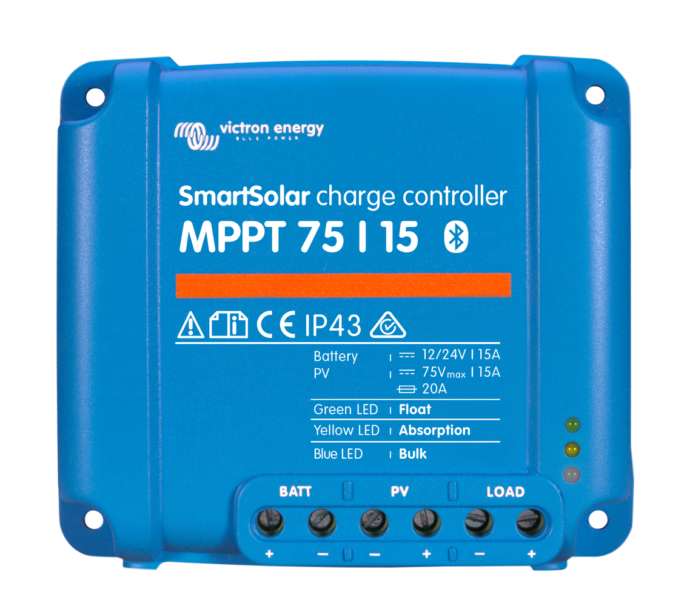Lithium SuperPack batteries – an all in one solution .These new Lithium-Ion, LiFePO4 chemistry batteries are often an ideal replacement for many 12V and 24V marine, automotive, caravan, motorhome, work vans and similar battery applications. It might even be for an overland motorcycle if using the smallest 20Ah version; to recharge a camera, phone or laptop for instance.
Other examples – take a typical small boat or van which may have a 110Ah to 220Ah lead-acid leisure battery for light continuous loads such as lighting, laptops, phones, instruments, powering a diesel heater, a fridge etc. And for shorter term loads maybe add a small inverter to charge power tools, run a small microwave or travel kettle for example. Using one SuperPack battery it matches well with the Phoenix Inverter VE.Direct 250VA – 1200VA range. Maybe you’ll add in around 100 to 200Wp of solar panels too using a small MPPT.
Regardless of the use, whichever SuperPack you choose it’ll be lighter than lead, can be smaller if you wish or give you more Wh in the same space – plus give you around 5 times the cycle life.
The main difference to Victron’s other lithium (often more kWh) offerings are the SuperPacks keep everything in one package, by having an integrated BMS and safety switch built-in. No additional components are needed as the internal switch will disconnect the battery in case of over discharge, over charge or high temperature. Simple, compact and safe.
If you are considering a new battery don’t immediately discount Lithium as being too costly. Whilst it is true that the capital cost of Li-ion is greater than that of quality AGM or Gel batteries – it is also true that the cost of ownership can be less than lead acid types. Much depends on your application, but rest assured – life with Li-ion is far less hassle than lead.
Over the last 8 years on my sailing yacht I’ve run AGM lead leisure batteries and Lithium-Ion propulsion batteries. Initially it was AGM for propulsion before discovering the effectiveness of Lithium. That journey taught me a lot about loads, capacity, cost and battery life – it’s one of the reasons why I think we’ve reached a tipping point and why these new SuperPack batteries may just be the ticket for your next project or battery replacement.
If in the first instance you are unfamiliar with AGM vs Lithium, then here’s a blog that explains that.
When to use a SuperPack?
Every battery size and type has it’s own particular use. For instance you may use the Lithium battery 12,8V & 25,6V Smart and the Lithium battery 24V (LiFePO4 & NMC chemistries) ranges (all of which have an external BMS) in quite different applications to the new SuperPack range. So, where to use the SuperPacks?
When it comes to replacing lead acid type batteries such as AGM and Gel in many applications, the SuperPack range can be considered the next generation after lead – making it far easier to replace lead with lithium. The only caveats being replacement is down to certain parameters being met, namely – Capacity (Ah), Voltages (12.8V & 25.6V), Discharge and Charge currents (C rates). Do in that case be sure that your chosen replacement fits your criteria by checking the datasheet and be aware the SuperPacks can be connected in parallel, but not in series. Hence in that case you would consider the other Victron lithium products named above.
The Lithium SuperPack
Victron Energy’s recently introduced Lithium SuperPack range comes in the following capacities and voltages:
12.8V & 25.6V Lithium SuperPack batteries:
- 12.8V – 20Ah
- 12.8V – 60Ah
- 12.8V – 100Ah
- 12.8V – 200Ah
- 25.6V – 50Ah
These SuperPacks will give you 2,500 cycles to 80% depth of discharge at 25°C, much more than lead.
Comparison: SuperPack 60Ah LiFePO4 vs 90Ah AGM
Let’s compare the 60Ah Li-ion to say a typical 90Ah AGM battery discharged to the commonly accepted economic cycle life of 50% discharge for lead. That would give us 600 cycles at that DOD for the AGM compared to 2,500 at the even deeper discharge of 80% for the LiFePO4. Already you can see you may need to replace your lead-acid type battery 2 to 4 times as often as the Lithium. Of course loads, operating conditions and calendar life have to be factored in too. Regardless you get the idea – Lithium does more and lasts longer.
The benefits of Lithium don’t stop there though. Whilst LiFePO4 chemistry is considered the safest of them all, it’s worth considering other factors too to decide whether the reduced weight and volume of say NMC is of more importance for your application than LiFePO4 for example. Victron Energy do both types. These star graphs do a good job of explaining the differences: https://batteryuniversity.com/learn/article/types_of_lithium_ion
|
60Ah SuperPack
|
90Ah AGM
|
Weight
|
9.5kg |
27kg |
Size (mm)
|
229 x 138 x 213 |
350 x 167 x 183 |
Useable energy @ 25°C
|
614Wh |
540Wh |
Cycle life
|
2,500 cycles |
600 cycles |
Cost
|
x 2.5 (approx) |
x 1 |
Notes for the table above:
- Useable energy and cycle life are based on 80% depth of discharge for Li-ion and 50% for AGM, these being considered the most economic use of those battery types.
- Higher loads with lead will further reduce available Wh (Peukert’s Law) when compared to Li-ion.
- Capacity is also reduced for both types by temperatures below their 25°C temperature rating (see their respective datasheets)
Make what you will of the above and whilst you are pondering the pros and cons don’t forget to take these additional factors into account for the comparison above.
- Shipping: If you are replacing your lead from 2 to 4 times as often as Li-on and the fact that the lead weighs around 3 to 4 times as much (depends on Li-ion chemistry used) – then do consider the extra shipping costs.
- Voltage stability: The voltage profile is far flatter for Li-ion compared to lead.
- Voltage sag: Subject to the load, voltage sag with lead is significant compared to Li-ion.
- Li-ion has much faster charge times and if charging from a generator it saves on generator runtime.
Other factors to consider
Is the above enough to convince you of why Lithium might be a better alternative than AGM or indeed Gel? Personally I’m sold on Lithium, but if you are not here’s a few things further to consider:
- A lead-acid battery will fail prematurely due to sulfation if it operates in deficit mode for long periods of time (i.e. if the battery is rarely, or never at all, fully charged). It will also fail early if left partially charged or worse, fully discharged.
- By comparison a Lithium-Ion battery does not need to be fully charged. This is a major advantage of Li-ion compared to lead-acid which needs to be fully charged often to prevent sulfation.
- Efficiency. In several applications (especially off-grid solar), energy efficiency can be of crucial importance. The round-trip energy efficiency (discharge from 100% to 0% and back to 100% charged) of the average lead-acid battery is 80%.
- The round-trip energy efficiency of a Li-ion battery is 92%.
- The charge process of lead-acid batteries becomes particularly inefficient when the 80% state of charge has been reached, resulting in efficiencies of 50% or even less in solar systems where several days of reserve energy are required (battery operating in 70% to 100% charged state).
- In contrast, a Li-ion battery will still achieve 90% efficiency even under shallow discharge conditions.
Make the switch?
Are you ready to make the switch from Lead to LiFe? If you’ve considered all the above I suspect you might be. And if you need more useable Ah why not run the sums on say a 100Ah Lithium SuperPack vs 220Ah AGM using the process I have above. Or indeed a 200Ah Li-ion SuperPack vs your choice of lead.Lithium SuperPack batteries – an all in one solution
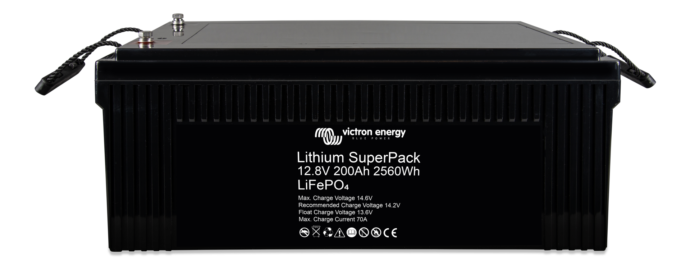 Don’t forget too that Lithium has little or no Peukert effect when compared to Lead types. This is especially important when considering loads with lead-acid higher than 0.05C (Battery Ah divided by 20 or Ah multiplied by 0.05). In other words for a 100Ah AGM with a Peukert of say 1.15 or more and discharging at 0.25C (25 Amps in this case – which is 5 times the 20 hour rate) there will be significant reduction in capacity – as there will be at colder temperatures too. Li-ion has a Peukert of around 1.05 when compared to lead of around 1.15 to 1.25.
Don’t forget too that Lithium has little or no Peukert effect when compared to Lead types. This is especially important when considering loads with lead-acid higher than 0.05C (Battery Ah divided by 20 or Ah multiplied by 0.05). In other words for a 100Ah AGM with a Peukert of say 1.15 or more and discharging at 0.25C (25 Amps in this case – which is 5 times the 20 hour rate) there will be significant reduction in capacity – as there will be at colder temperatures too. Li-ion has a Peukert of around 1.05 when compared to lead of around 1.15 to 1.25.
So – if you were discharging that 100Ah lead at 5 Amps (the 20 hour discharge rate at a temperature of 25 degrees centigrade) then the full capacity of 100Ah is still availaable and it’s not shrunk due to Peukert. But now if it were 0.25C, it’ll be around 80% of that original 100Ah capacity – or less, subject to load type and duration.Lithium SuperPack batteries – an all in one solution
The bottom line is you no longer have the Ah you purchased, whereas with Lithium there is little to no effect, helped by a lower Peukert and good voltage stability. That is especially important with constant inverter loads – a place where lithium shines. If you want to learn more about Peukert and run a spreadsheet to see such effects, then I have found this link most helpful.
Finally and one I’m always grateful of is vastly reduced charge times, no more waiting for hours of lead absorption charging to get from 80% to 100% SOC. Conversely Li-ion flies up to around 98% SOC in bulk with those last few percent in absorption to fully balance the cells – and unlike lead you don’t always have to fully charge to 100% as often. Note that your 12V charging system needs to accommodate 14.2V – 14.4V ‘absorption’ and ‘13.5V’ float. If charging from an alternator also note the maximum continuous charge currents for the 12.8V range, by checking the datasheet.
Downsides
Not wanting to sound too evangelical, we also need to consider the few downsides of Li-ion.
- Higher upfront cost and to some extent higher capital risk.
- Charging is restricted to the +5°C to +45° range, subject to an internal means of blocking the charge source when the temperature is below +5°C. Note this is currently automatically possible with Victron MPPTs when used in conjunction with the Smart Battery Sense for instance. Other products are being worked on to achieve this too and documentation to that effect will be updated in due course.
- The SuperPack (unlike other Victron Lithiums) is not designed for series connections.
- The peak and maximum continuous discharge current of the SuperPack range is not as much as some of our Lithium batteries as its related to the BMS and the disconnect being internal to the battery – so do check the datasheet to make sure the current peak and discharge ratings suit your needs – or choose from the Lithium battery 12.8V & 25.6V Smart or the Lithium battery 24V range or build a parallel SuperPack bank.Lithium SuperPack batteries – an all in one solution
Conclusion
Whatever your decision when purchasing new batteries, maybe it is time to give the Lithium SuperPack batteries a chance. There’s LiFe after Lead you know – but as I’ve shown that all depends on what you want to achieve. Is it less weight, less volume, maybe it’s capacity or voltage or any of the multitude of factors that go into choosing a battery system.Lithium SuperPack batteries – an all in one solution
Whatever you choose Victron have plenty of choice – with a large range of battery types and sizes: https://www.victronenergy.com/batteries
John Rushworth
 The Chauvin Arnoux Group thus puts all its know-how, its adapted measuring devices and its metrology services at the service of pandemic prevention, to fully play its role in health situations such as the one we are experiencing today. For further inquiries on how to order these fine products in Ghana and the West Africa Region du contact Nocheski on +233303211743 +233244270092 (Whatsapp) or email [email protected]
The Chauvin Arnoux Group thus puts all its know-how, its adapted measuring devices and its metrology services at the service of pandemic prevention, to fully play its role in health situations such as the one we are experiencing today. For further inquiries on how to order these fine products in Ghana and the West Africa Region du contact Nocheski on +233303211743 +233244270092 (Whatsapp) or email [email protected]
